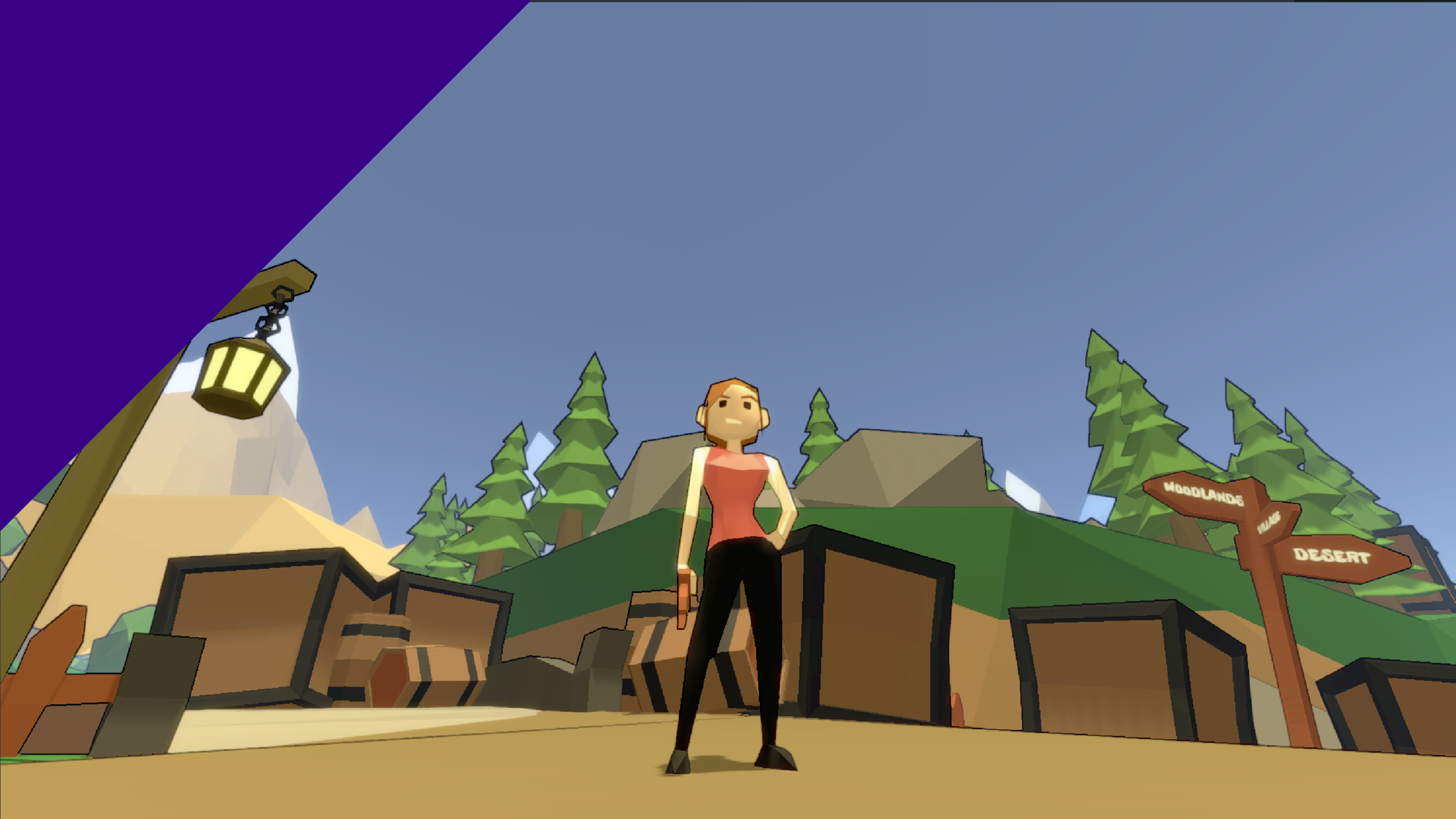In light of the newest generation of consoles being fully(ish) available, it marks a good point to start talking about how audio will change over this generation. From the talks with Mark Cerny, to Epic unveiling their new engine, the future of game audio is almost palpable. Some of the biggest changes will be in audio processing or transforming of audio signals, otherwise known as DSP.
Viewing entries tagged
game audio
How much have graphics advanced over the 9 generations of consoles? Now ask yourself the same question about audio. Why haven’t audio advancements kept pace with graphic advancements? this article takes a look at what technological developments happened in each generation and what we can do, as an industry, to bring game audio up to levels of fidelity graphics have achieved.
Games that become well known for how they leverage music tend to be, well, music/rhythm games like Guitar Hero, Crypt of the NecroDancer, or Beat Saber. These games make music a fundamental part of the game: pull the music out and the gameplay falls apart. It might be what comes to mind when we talk about "music in gameplay". However, a small set of game developers have been exploring new ways of using music in games - ways where music is tightly connected to the gameplay without being a core part of the gameplay itself.
The gap between game action and cinematic scoring prevents games from achieving the feeling of emotional fullness that cinema is capable of. This hasn't stopped game developers from trying, however. In this blog entry, we talk about the importance of music in games, and where it can go in the future.
Music can really amp up the cinematic feeling in video games, especially if game events line up with well-timed events in the music.
In this tutorial video, we’ll show you how to use AudioKinetic’s Wwise and Koreographer to tether music playback to actions in your game. We’ll cover how to set up the scripts needed to glue the programs together, and cover the process to get your music playback to drive object variables.
Have you ever wanted to get your game animations to animate to the music? Have you ever wanted really close synchronization that makes it look like your game objects are reacting to or dancing with the music? It’s not an easy problem. With a couple of assets from the Unity Asset Store, you can get some pretty great animation effects with little effort.
In this tutorial, you’ll see how Unity 3D and Koreorapher can work together to get a simple, but really effective animation. It won’t take much, but it will make your game way more “juicy.”
Assets used are:






